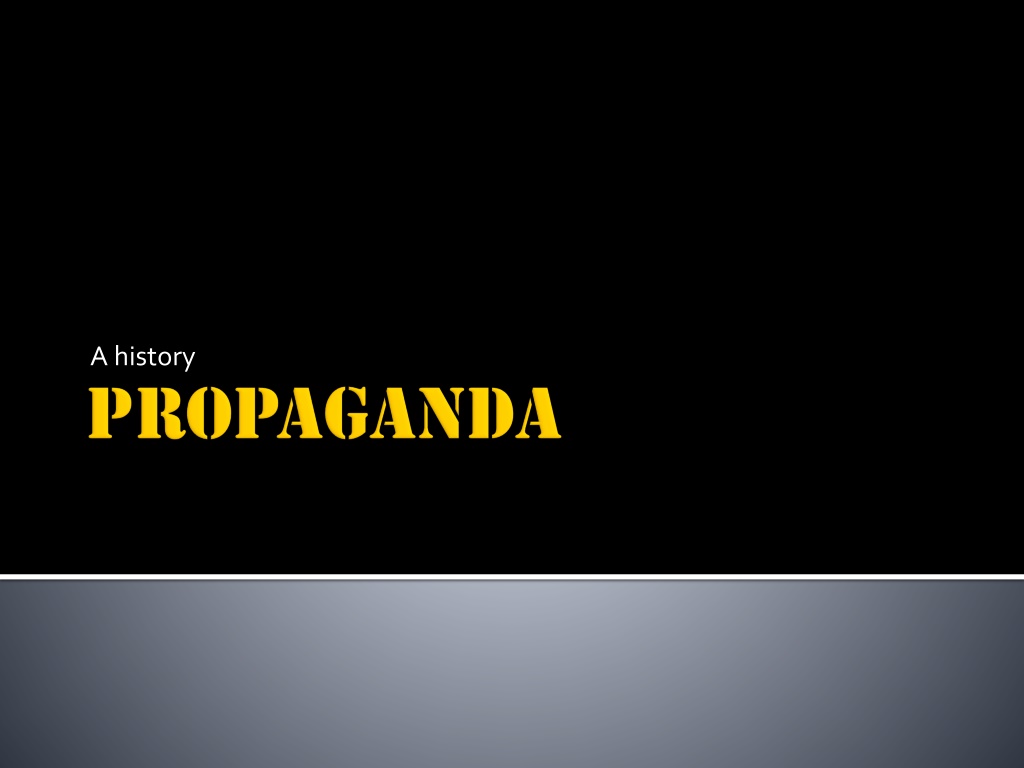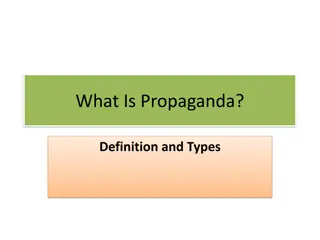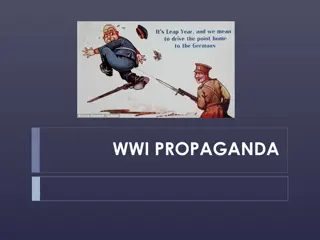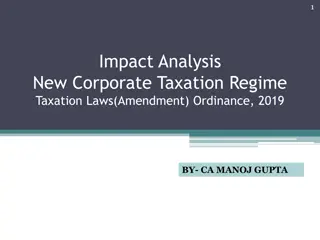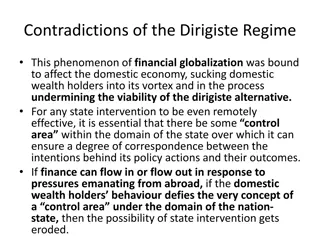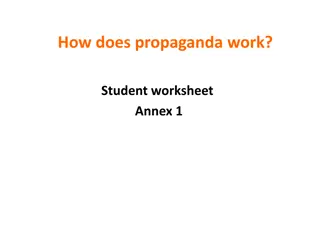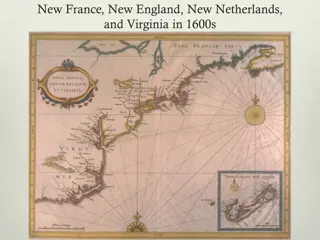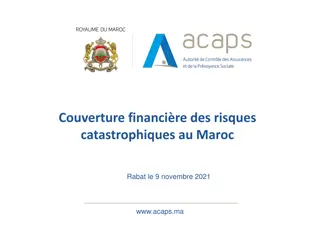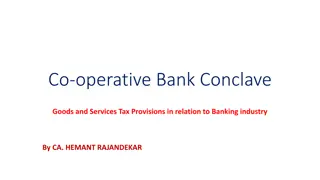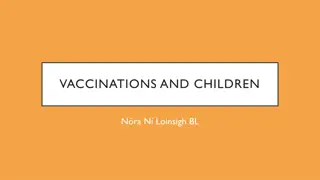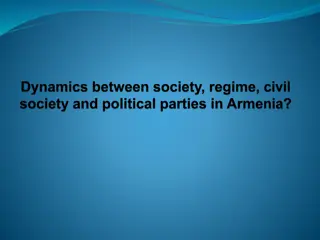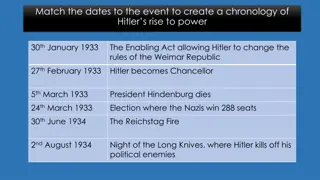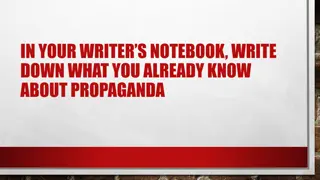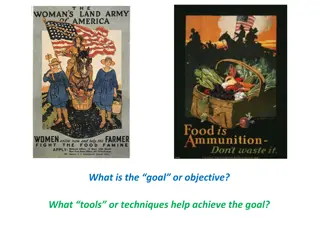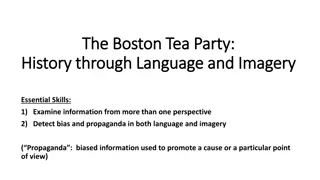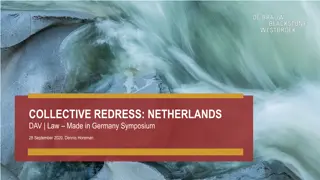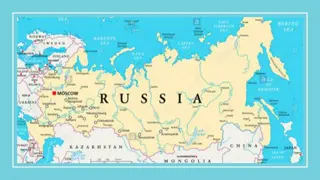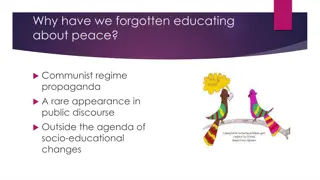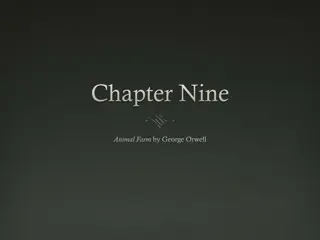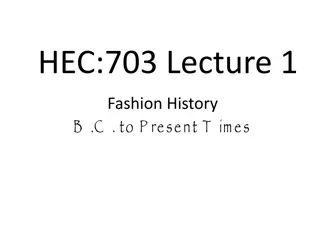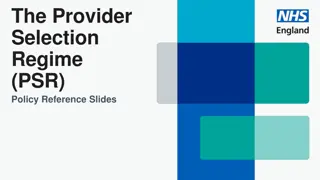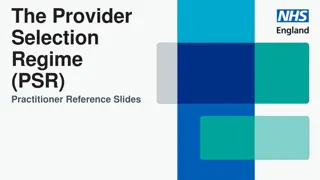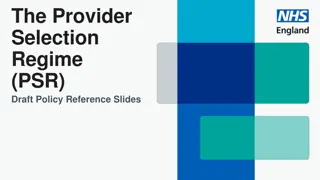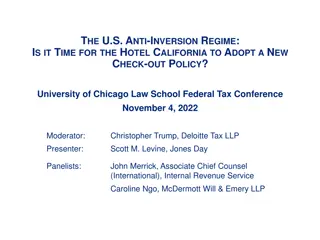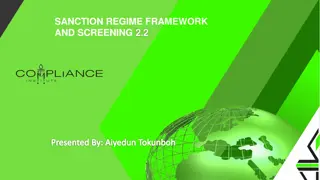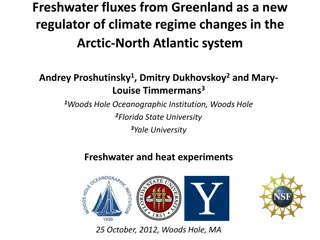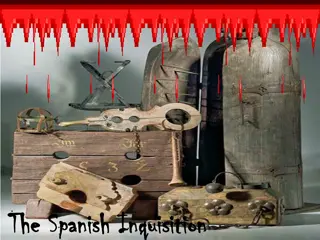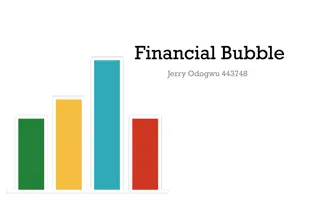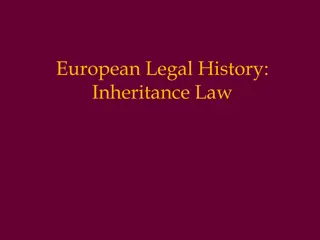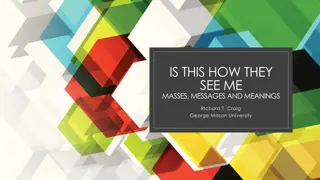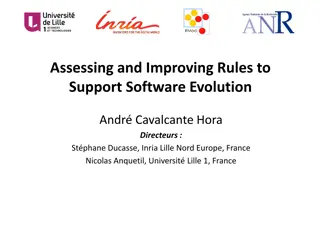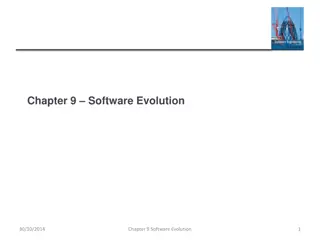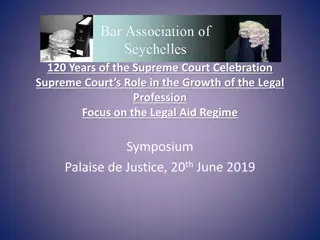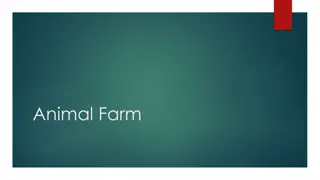The Evolution of Propaganda: From the 1600s to Hitler's Regime
The term "propaganda" originated in the 1600s without a negative connotation until World War I when it became a tool of persuasion and manipulation. Countries utilized propaganda extensively during WWI to sway public opinion. The United States established a propaganda bureau, while Nazi Germany saw its power and adopted similar strategies. Hitler believed propaganda was crucial for state control, as detailed in Mein Kampf. The history of propaganda shows its impact on societies and conflicts.
Download Presentation

Please find below an Image/Link to download the presentation.
The content on the website is provided AS IS for your information and personal use only. It may not be sold, licensed, or shared on other websites without obtaining consent from the author. Download presentation by click this link. If you encounter any issues during the download, it is possible that the publisher has removed the file from their server.
E N D
Presentation Transcript
The term dates to the 1600s. First used by the Roman Catholic church, congregatiode propaganda fide. No negative meaning generally until World War I. Lincoln s Gettysburg Address could be called a powerful piece of propaganda, meaning a persuasive argument.
Total war meant everyone should be involved. World War I belligerents built enormous propaganda operations. Everyone could be reached in the golden age of print mass media.
European fighting nations tried to persuade neutral United States to join World War I. Britain s propaganda was most successful. Germany was least adept at propaganda during this time. But it learned from Britain.
After United States joined the war April 6, 1917, Woodrow Wilson established a propaganda bureau. It was called the Committee on Public Information, directed by George Creel.
Propaganda clearly gained a negative connotation with its usage in World War I. Creel promised no censorship, only facts. The U.S. Government did establish censorship through the U.S. mail system. During the 1918-20 Red Scare, free speech in America was limited. Many were jailed, even deported, for speaking out.
In the 1920s and 30s people grew to regret involvement in the war. They blamed propaganda for misleading them. Meanwhile, Nazi Germany looked to Britain s skill to learn how to effectively employ propaganda in their own country.
Hitler blamed Germanys defeat on power of allied propaganda. Hitler was convinced propaganda was the key to success in controlling the state. He devoted two chapters of Mein Kampf to propaganda.
After Hitler became German chancellor in 1933, he appointed Dr. Josef Goebbels minister of Popular Enlightenment and Propaganda. Goebbels moved to completely take over the media. He particularly favored movies and radio.
If you tell a lie big enough and keep repeating it, people will eventually come to believe it. Goebbels
Goebbels agreed with Hitler that propaganda must appeal to emotions, not reason. It must have ringing slogans: EinVolk, ein Reich, einFuher! Much of Nazi propaganda against the Jews was vicious and gruesome. Dr. Goebbels actually did have a Ph.D., but was in desperate need of Ross s course on ethics.
Goebbels emphasized Hitler s belief that people wanted a powerful, yet down-to-earth leader. The entire country was drenched in this propaganda. It was easy with no competition to lose a sense of judgment.
Nazi propaganda swayed an educated nation going through the hard times of the Great Depression. https://www.youtube.com/watch?v=Af44Slin7lg
Lest you think smugly that nowadays you would not fall for such propaganda, let s refer to research done in the 1930s. The Institute for Propaganda Analysis in 1940 established principles of propaganda:
Name calling: Finding a label so people will reject without factual evaluation. Glittering generality: Finding a positive word so people avoid examining the concept.
Transfer/testimonial: Adding prestige of a person or idea to gain acceptance or disrepute. Plain folks: Gaining acceptance by acting like a part of the common people.
Card-stacking: Selecting facts or statements to skew an idea to best or worst case. Bandwagon: Suggesting an idea or group is good because others have accepted it.
Do some of these sound familiar to our experience today? Do you have any recent examples? In Germany Goebbels admitted propaganda was not necessarily true. But he said it served historical necessity.
Goebbels was fascinated with the power of film. Two famous Nazi films: The Eternal Jew. [http://www.youtube.com/watch?v=pnWqko2AOiQ\] The Triumph of the Will. [http://www.youtube.com/watch?v=80lLU5-yji8}]
When Germany started losing in 1943, its propaganda machine had a hard time spinning the losses. Allied propaganda gained in strength, aided by the radios the German government had distributed to everyone. The Nazis had a hard time controlling listener options.
The world saw propaganda raised to supreme Nazi power when Hitler made Goebbels chancellor April 30, 1945. The next day Goebbels murdered his wife, his six children, and committed suicide. The war was over one week later.
In the United States during this time, propaganda had become disreputable. Franklin Roosevelt did establish an Office of War Information, but did not give it great power. Elmer Davis, a well-known journalist, was put in charge.
The famous Rosie the Riveter (We Can Do It! ) came from J. Walter Thompson ad agency, not the government.
Frank Capra, a famous Hollywood director, came up with the country s famous serious of propaganda films, Why We Fight. In a later interview, Capra recalled that when the government asked him to produce a propaganda film, he reviewed Triumph of the Will, and asked himself in despair, How can I produce something that good?
Why We Fight was used particularly to motivate young men who, it was presumed, were unlikely to be inspired by printed materials. [http://www.youtube.com/watch?v=Mm3GsSWKyso]
At the end of World War II, people greatly feared propaganda, for obvious reasons. Probably that fear fed into attempts to slow the spread of television. Communication research in social sciences became established through propaganda studies.
But even during World War II, the magic bullet theory was being discredited by mass communicationresearch. The theory said the right message through the right channel would guarantee the intended effect. Research indicated people could not be manipulated so easily even though they seemed to have been in Nazi Germany.
In 1963 Bernard Cohen famously declared the media are not so successful telling people what to think, but stunningly successful telling people what to think about. This is called the agenda-setting theory.
Today propaganda scholars dont always view propaganda as necessarily evil. Propaganda can be divided into three styles: white, black and gray.
White propaganda is designed to persuade using mostly factual evidence from a known source. The Voice of America broadcasting to Communist countries could be called white propaganda.
Black propaganda uses unethical methods, and usually does not disclose a source. Nazi propaganda is obviously black. Gray propaganda is somewhere in between.
Some scholars think any type of persuasive effort could be called propaganda. Even advertising. Even education. But in everyday usage, most people still equate propaganda with Nazi Germany: an evil state built on the power of propaganda.
